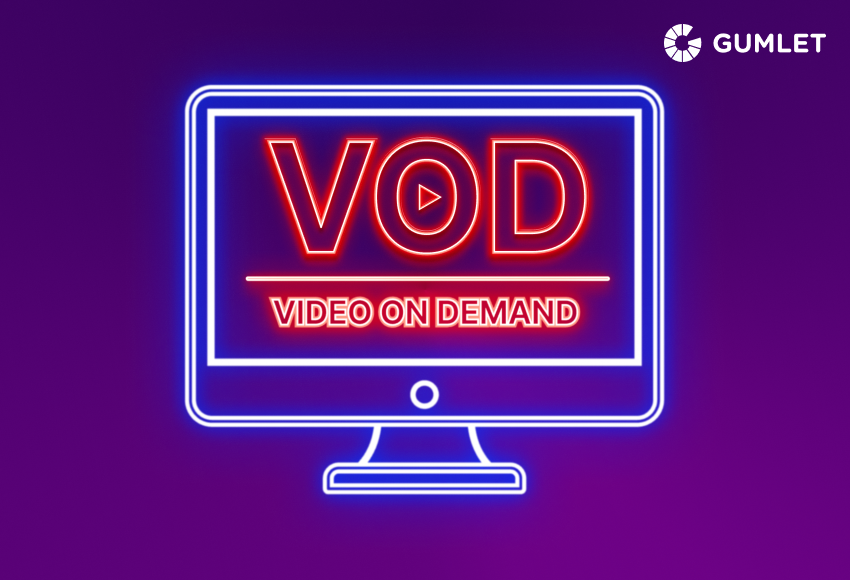Mastering Video on Demand (VOD) Apps Development: A Comprehensive Guide
Welcome to the realm of video on demand (VOD) apps development! In this guide, we’ll unravel the intricacies of crafting captivating platforms that cater to the modern viewer’s insatiable appetite for on-the-go entertainment.
Understanding Video on Demand (VOD) Apps
Video on demand (VOD) has revolutionized the way we consume media, offering unparalleled convenience and flexibility. VOD apps empower users to access a vast library of content anytime, anywhere, transcending the constraints of traditional broadcasting schedules.
The Rise of VOD Apps Development
With the proliferation of high-speed internet and the ubiquity of smartphones, the demand for VOD apps has skyrocketed. From streaming giants like Netflix and Hulu to niche platforms catering to specific genres, the market is teeming with opportunities for developers to make their mark.
Key Components of VOD Apps Development
1. Content Management System (CMS)
A robust CMS lies at the heart of any VOD app, facilitating the organization, storage, and delivery of multimedia content. Developers must design intuitive interfaces for content upload, categorization, and metadata management to streamline the publishing process.
2. Streaming Infrastructure
Building a scalable and resilient streaming infrastructure is paramount to ensure smooth playback across diverse devices and network conditions. Leveraging content delivery networks (CDNs) and adaptive bitrate streaming technologies optimizes performance and enhances user experience.
3. User Interface (UI) and User Experience (UX) Design
The success of a VOD app hinges on its ability to engage and delight users with intuitive interfaces and seamless navigation. Adopting responsive design principles and personalization algorithms enhances usability, fostering long-term user retention and loyalty.
4. Monetization Strategies
Developers must devise innovative monetization strategies to monetize their VOD platforms effectively. From subscription-based models and ad-supported content to pay-per-view options and in-app purchases, diversifying revenue streams maximizes profitability and sustainability.
5. Security and Digital Rights Management (DRM)
Protecting copyrighted content and safeguarding user data are paramount considerations in VOD apps development. Implementing robust digital rights management (DRM) solutions and encryption protocols fortifies security, instilling confidence in both content providers and consumers.
Challenges and Considerations
1. Licensing and Copyright Compliance
Navigating the complex landscape of licensing agreements and copyright regulations poses a significant challenge for VOD app developers. Ensuring compliance with regional laws and securing proper distribution rights is crucial to avoid legal entanglements.
2. Platform Fragmentation
The proliferation of platforms and devices exacerbates compatibility issues, requiring developers to optimize their apps for a myriad of operating systems, screen sizes, and resolutions. Adopting cross-platform development frameworks streamlines the deployment process, reducing time to market.
3. Data Analytics and Insights
Harnessing the power of data analytics empowers developers to glean actionable insights into user behavior and preferences. Integrating analytics tools and machine learning algorithms enables continuous refinement of content recommendations and marketing strategies.
Conclusion
Embarking on the journey of VOD apps development opens doors to endless possibilities in the ever-evolving digital landscape. By mastering the intricacies of content delivery, user engagement, and monetization, developers can carve a niche in this burgeoning industry and leave an indelible mark on the world of entertainment.
FAQs (Frequently Asked Questions)
1. How do VOD apps differ from traditional broadcasting platforms?
- Unlike traditional broadcasting platforms with fixed schedules, VOD apps allow users to access content on-demand, providing unparalleled convenience and flexibility.
2. What are some popular frameworks and technologies used in VOD apps development?
- Popular frameworks and technologies include React Native, Flutter, Amazon Web Services (AWS), Google Cloud Platform (GCP), Firebase, and Brightcove.
3. How can developers ensure seamless playback across diverse devices and network conditions?
- Developers can ensure seamless playback by leveraging content delivery networks (CDNs), implementing adaptive bitrate streaming, and optimizing video encoding settings.
4. What are some effective strategies for user engagement and retention in VOD apps?
- Effective strategies include personalized recommendations, interactive features, social sharing integrations, and loyalty rewards programs.
5. How can developers monetize their VOD apps effectively?
- Developers can monetize their VOD apps through various revenue streams such as subscriptions, advertising, pay-per-view, merchandise sales, and sponsorships.




